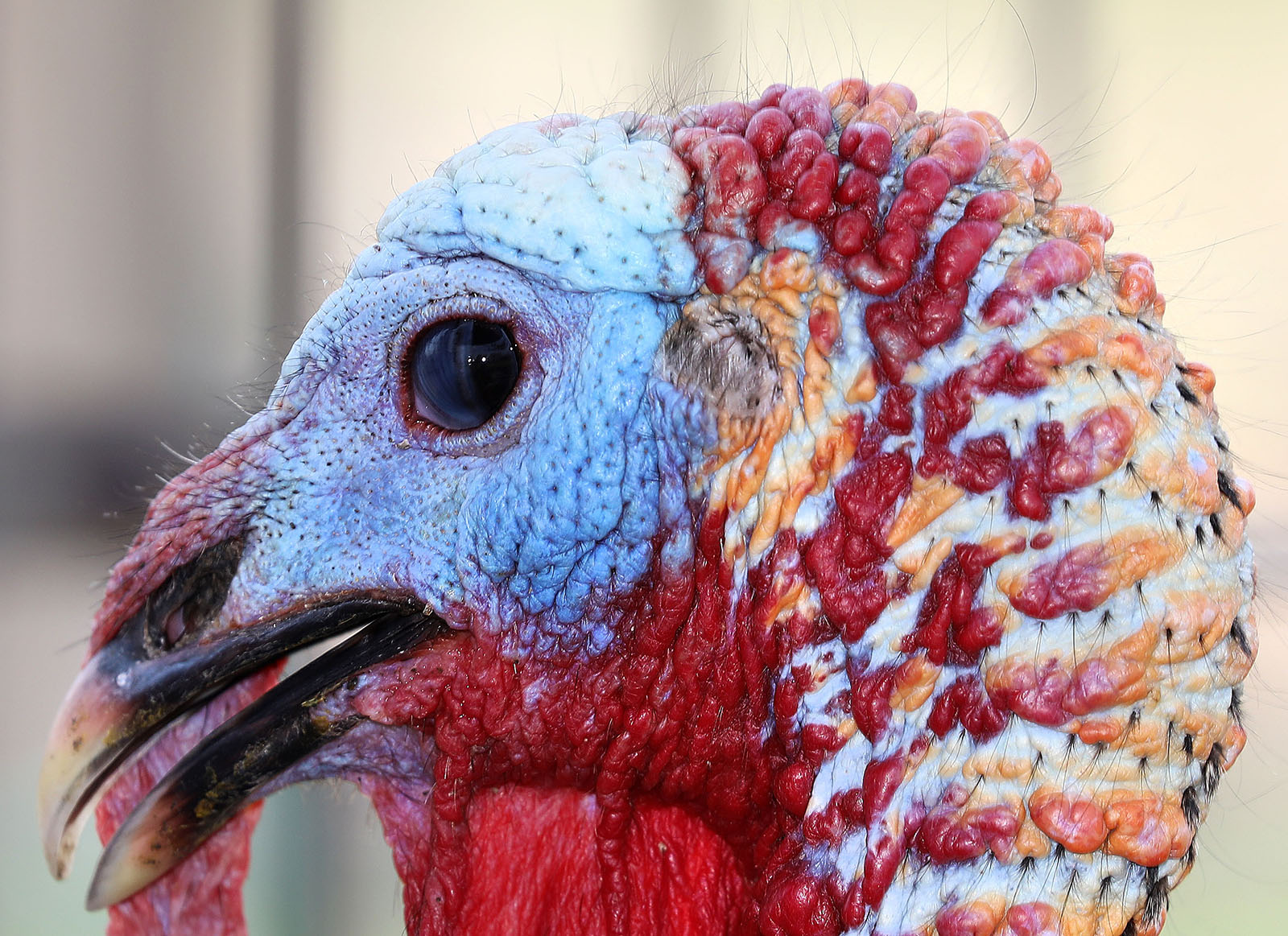
Ready for my closeup
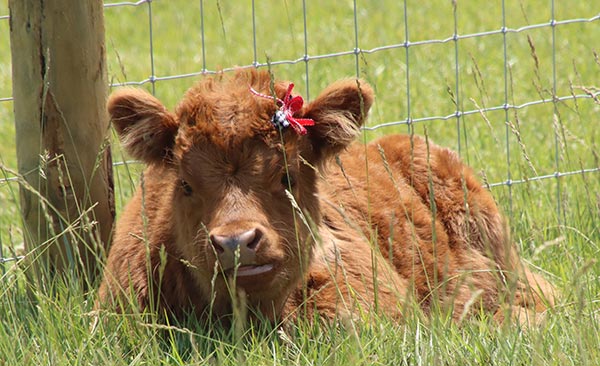
Our Animals
While some of the animals come and go from the farm, here’s a look at the ones you are likely to see and maybe touch and — ahem — likely smell during a visit to the farm.
Horses:
SNOWY (left) is a half-Welsh pony and was once a hunter jumper show pony, which means she was able to jump obstacles and compete in speed and accuracy. CHAIA (right) is an Arabian horse. Chaia (pronounced KY-a) is intelligent and sensitive and loves attention. She is very loyal so long as she is treated with respect.
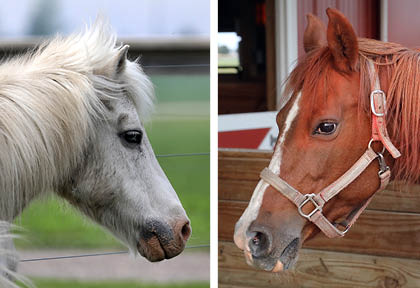
Donkeys:
A donkey is stronger than a horse of the same size. Donkeys have an amazing memory. They can recognize areas and other donkeys they were with up to 25 years later. The gestation period for a donkey is a full year.
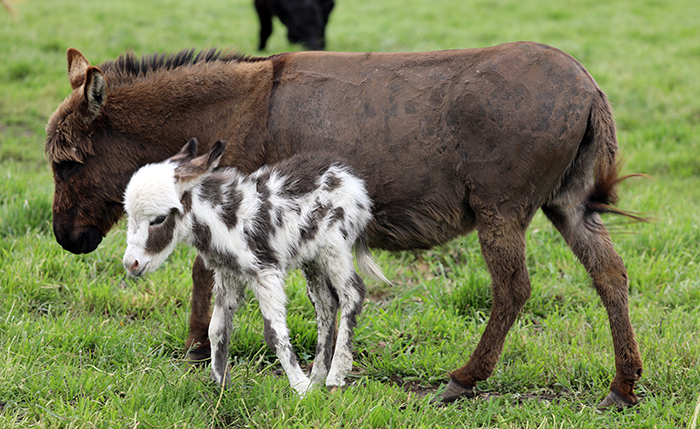
Micro High-Park calf:
It’s been a year since PUNKIN first appeared on the farm with a bow in her hair and making the notion of a cute cow real. But this micro High-Park calf, born April 8, 2023, is a very different cow today, with horns and heft. A High-Park is a cross between a Scottish Highland (long ginger hair) and a White Park (a British breed, usually with white hair and that is known for its longevity).

Highland cow:
A counterpart to the farm’s micro High-Park is Gordy, a full Highland. He was born June 16, 2023. With their long hair, Highlands are about as tolerant of arctic cold as caribou or reindeer.

Alpacas:
The farm’s alpacas are usually very sweet and timid creatures, and they hum a lot! BUSTER (left) and RUDY were born on the same day — July 28, 2023 — but to different mothers. They weigh about 80 pounds now and will reach about twice that size when fully grown.

Goats:
We have at least a couple dozen young goats on the farm, representing four breeds: Nigerian Dwarf, Nubian Toggenburgs and Boers. Purchase a cup of goat food and watch them get excited to see you!
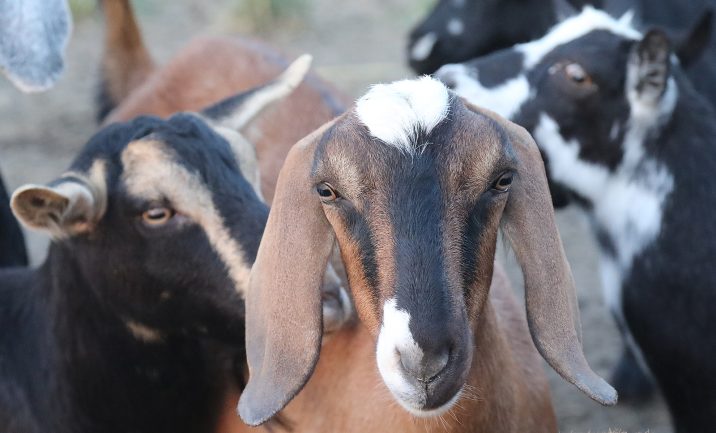
Sheep:
A sheep can produce two to 30 pounds of wool each year, and each pound of wool can make up to 10 miles of yarn. There are 900 breeds of sheep around the world.

Chickens:
There may be 25 billion chickens in the world, but we still think ours are pretty special. The neck and backbone of a chicken consists of 39 bones — more than a giraffe! Because of that, chickens can turn their head 180 degrees.

Chicks:
Baby chicks can go 72 hours without food or water after they hatch. But they grow fast! From the start of our fall season to the end the change is fun to watch.
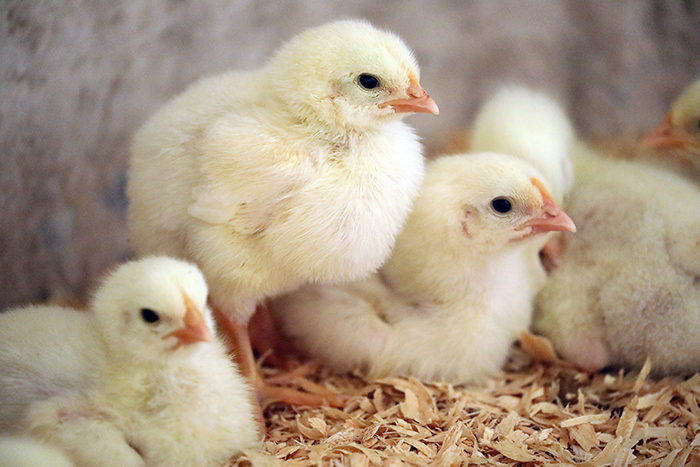
Turkeys:
We have two turkeys: a Bronze and a Norfolk Black. Bronze turkeys are believed to be a cross between wild U.S. turkeys and imported British turkeys. Norfolk black turkeys are believed to be the oldest domesticated turkey breed.
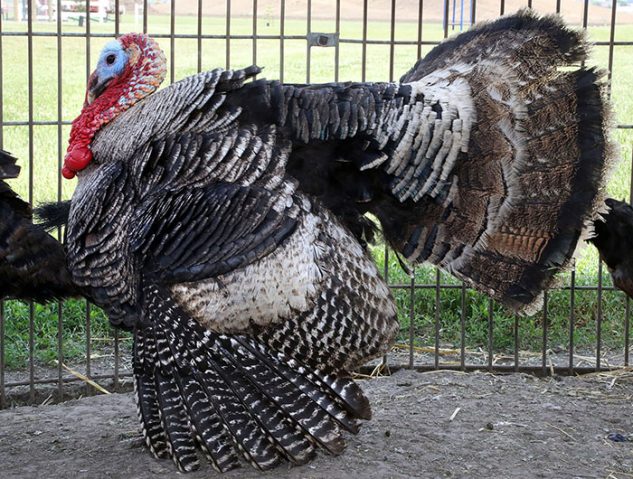
Rabbits:
Our Dutch rabbits come from a breed that is known to be very calm. That makes them popular as pets. Dutch rabbits are believed to have originated in Holland and are one of the oldest known breeds.

White pigeon:
White pigeons are often used for ceremonial releases at weddings to symbolize peace and unity. Part of the reason for their popularity is their homing abilities, which doves do not have.


